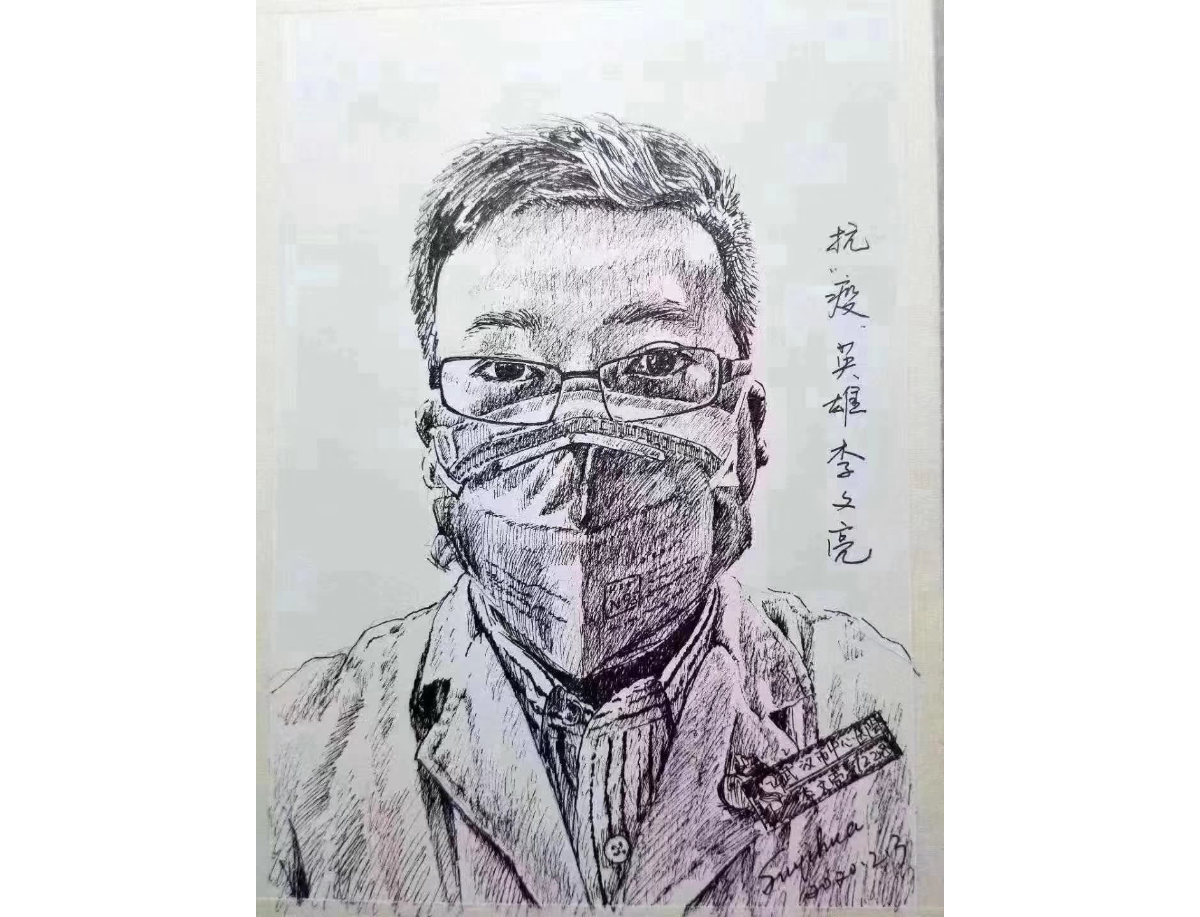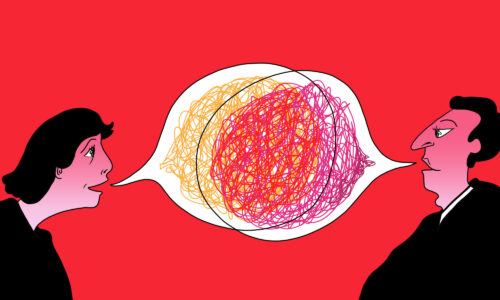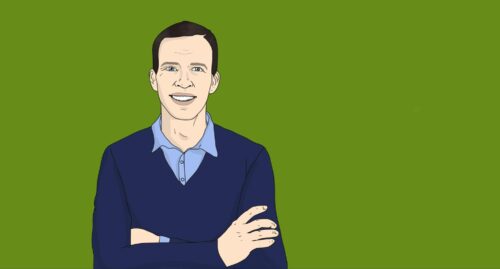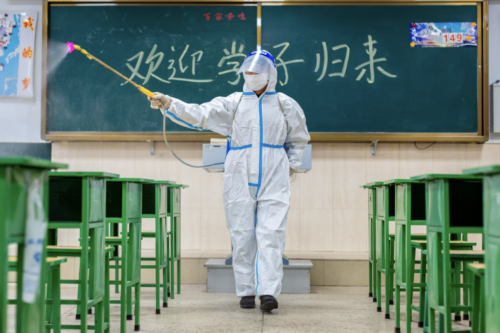Li Wenliang, coronavirus whistleblower, dies of the virus

An image circulating on Chinese social media of “epidemic-fighting hero Li Wenliang” (抗疫英雄李文亮 kàngyì yīngxióng Lǐ Wénliàng).
The Global Times and other state media reported that Lǐ Wénliàng 李文亮, one of the doctors who was censured by Wuhan police after his December 30 warning of the coming epidemic, had died. Then they deleted those reports and tweets.
The Wuhan City Central Hospital posted to social media platform Weibo at 12:38 a.m. Beijing time on Friday a message (in Chinese) that said Li was in critical condition but still alive. Then at 3:48 a.m., the Wuhan City Central Hospital posted to Weibo (in Chinese) that Li had died at 2:58 a.m.
The first reports of Li’s death crystallized popular resentment of the Chinese government, its handling of the epidemic, and its repression of free speech. For a short time today, the hashtag “We want freedom of speech” (我们要言论自由 wǒmen yào yánlùn zìyóu) trended on Weibo. Naturally, it was swiftly scrubbed from the Chinese internet, while the country’s biggest internet companies have all been warned to practice strict censorship of virus-related news.
What’s behind the deleting of the original reports of his death? Who knows, but Foreign Policy says (porous paywall), “There are claims that Li’s body was literally strapped back into life support when the extent of public anger online became clear.”
Is this an existential crisis for Xí Jìnpíng 习近平? “The Party’s social contract with the people — ensuring the people’s well being and providing ever-increasing economic prosperity — is being stressed on a nationwide level in ways I don’t recall in the past several decades,” writes China-watcher Bill Bishop. He continues: “Last Friday I wrote that ‘this is as close to an existential crisis for Xi and the Party that I think we have seen since 1989,’ and I think it is even more so a week later.”
China to investigate ‘issues’ related to Li Wenliang’s death
See also:
- Chinese doctor who tried to warn of outbreak is dead from coronavirus / NYT (porous paywall)
- The Chinese doctor who tried to warn others about coronavirus / BBC
- Whistleblower Li Wenliang: There should be more than one voice in a healthy society / Caixin (published February 6)
Further criticism of the Party
John Mackenzie, a member of the World Health Organization’s emergency committee, “labeled China’s response ‘reprehensible’ and said it defied logic that there was no increase in new cases at the same time that Chinese officials were holding local political meetings in January,” the Financial Times reports (paywall).
“For at least three weeks before [January 18], city authorities had been informed about the virus spreading in their midst but issued orders to suppress the news,” the FT adds in a separate report (paywall). We have previously linked to similar investigations in the New York Times and the Washington Post.
“The mess in Hubei is only the tip of the iceberg and it’s the same with every province,” reads one line from the scathing essay from Tsinghua University professor Xǔ Zhāngrùn 许章润 (in Chinese here), per the SCMP. “All chances of public discussions have been smothered, and so was the original alarm mechanism in society,” Xu adds.
No peak in sight, but reassuring signs
It is “too early to say that China’s coronavirus outbreak was peaking,” according to the World Health Organization, per Reuters.
“China is considering delaying the annual meeting of its top legislative body” because of the uncertainty, another Reuters report indicates. The National People’s Congress (NPC) typically meets for 10 days beginning on March 5, and if it were delayed this year, it would be the “first since China adopted the current March schedule in 1995 for the meeting of parliament.”
There are, however, two reassuring reports today:
“Relatively few children appear to have developed severe symptoms so far,” the New York Times reports, noting that the 2019-nCoV coronavirus appears to be following a similar infection and symptom age-related pattern as SARS.
The true fatality rate may be below 1%, multiple epidemiologists told Reuters. Cate Cadell, the reporter for this piece, explained in a Twitter thread: “It’s likely there are many more cases in Wuhan than are being reported, [and] a crunch on resources means people with milder cases aren’t getting tested and counted in the numbers. More cases = bad, but it also points to a much lower fatality rate than what we see” from official data.
Other coronavirus updates
“There aren’t enough beds in designated hospitals for many confirmed or suspected coronavirus patients, a top official from the city at the epicenter of the outbreak said Wednesday at a press conference on the epidemic,” Caixin reports.
Parts of Xinjiang are under lockdown. “Authorities in Atush…have fenced off the city’s roads, leaving residents confined to their homes and running out of supplies,” reports Radio Free Asia. There has been no news from the vast network of internment camps: If the virus is spreading there, the government will try to cover it up.
At least four cities in Zhejiang Province have “introduced measures that mirror the draconian rules established by Hubei Province — epicenter of the outbreak — to keep the virus from spreading,” the SCMP says. Reuters has a thorough list of “countries evacuating nationals from China virus areas.”
“Two Communist Party officials in central Hubei Province were sacked after the death of a disabled teenager who was left without adequate care for six days while his relatives were in coronavirus quarantine,” per the SCMP.
—Lucas Niewenhuis and Jeremy Goldkorn





